Elementary art and design: the Wonderlab opens at London’s Science Museum

A new gallery at London’s Science Museum, designed by Muf Architecture/Art, combines science with craft, design and art. Wonderlab: The Statoil Gallery has been designed for school groups, yet bespoke details, contemporary art and comfortable seating make the experience adult-friendly too.
A contemporary reinvention of the Children’s Gallery which opened in 1931, the gallery was a part of the museum designated for children to play, experiment and learn in. The architects worked with the existing structure on the third floor. ‘We cut away the walls to make this long view, so it’s a bit like being in a city, you can always see another street to go down,’ says Liza Fior, partner at Muf architecture/art, who was hyper-aware of how each individual would use the space.
Divided into seven scientific zones, there are over 50 different exhibits uniquely designed by a whole range of collaborators for children to explore. ‘There’s always somewhere for people to gather around. There’s never a sense of a queue, even if there is the maximum of 500 people in here,’ she continues.
A sense of history and narrative has been embedded through the choice of materials. ‘There’s a tendency [in] modern school design [to] all white, clean and colourful,’ says Fior, who wanted to bring dreaming and curiosity back into education architecture. Deep red quilted undercroft is paired with brass in the theatre, while in the more industrial gallery, air con vents are painted sparkly white and crystals are set into smooth wooden benches.
The team at Muf selected the craftspeople and artists to work with, so while there is a plethora of materials and styles, a sense of cohesion is maintained. A light installation by Front picks out the 500 stars closest to the earth while ex-Droog designer Arnout Visser’s glass creations decorate the Chemistry Bar, an exhibit where live experiments can be ordered.
‘It’s a learning space, so we wanted every exhibit to perform’, said Toby Parkin, Wonderlab's curator, who wanted to recreate the excitement that was ignited by the Great Exhibition of 1851. The attention to detail makes the gallery an incredible place to be for an adult as well. ‘It’s all here for adults,’ says Parkin, ‘We wanted to add these beautiful pieces in so adults felt comfortable in the space as well.’
A series of still life photographs by artist Siobhan Liddell are exhibited above a seating area where building blocks are arranged into puzzles, their colours chosen by Liddell to create a continuous aesthetic journey. ‘Where do architecture and design stop and start?’ questions Fior. ‘Everytime you sit down you feel like somebody’s been thinking of you, whether it’s a rail that you touch or finding a crystal in a seat. It’s an incredibly luxurious place to be.’

The 120-seat theatre is built within a larger room that welcomes children before they enter the Wonderlab. Acoustics were important for Liza Fior, co-founder at Muf Architecture/Art, who wanted to create a sense of calm in this space to build anticipation
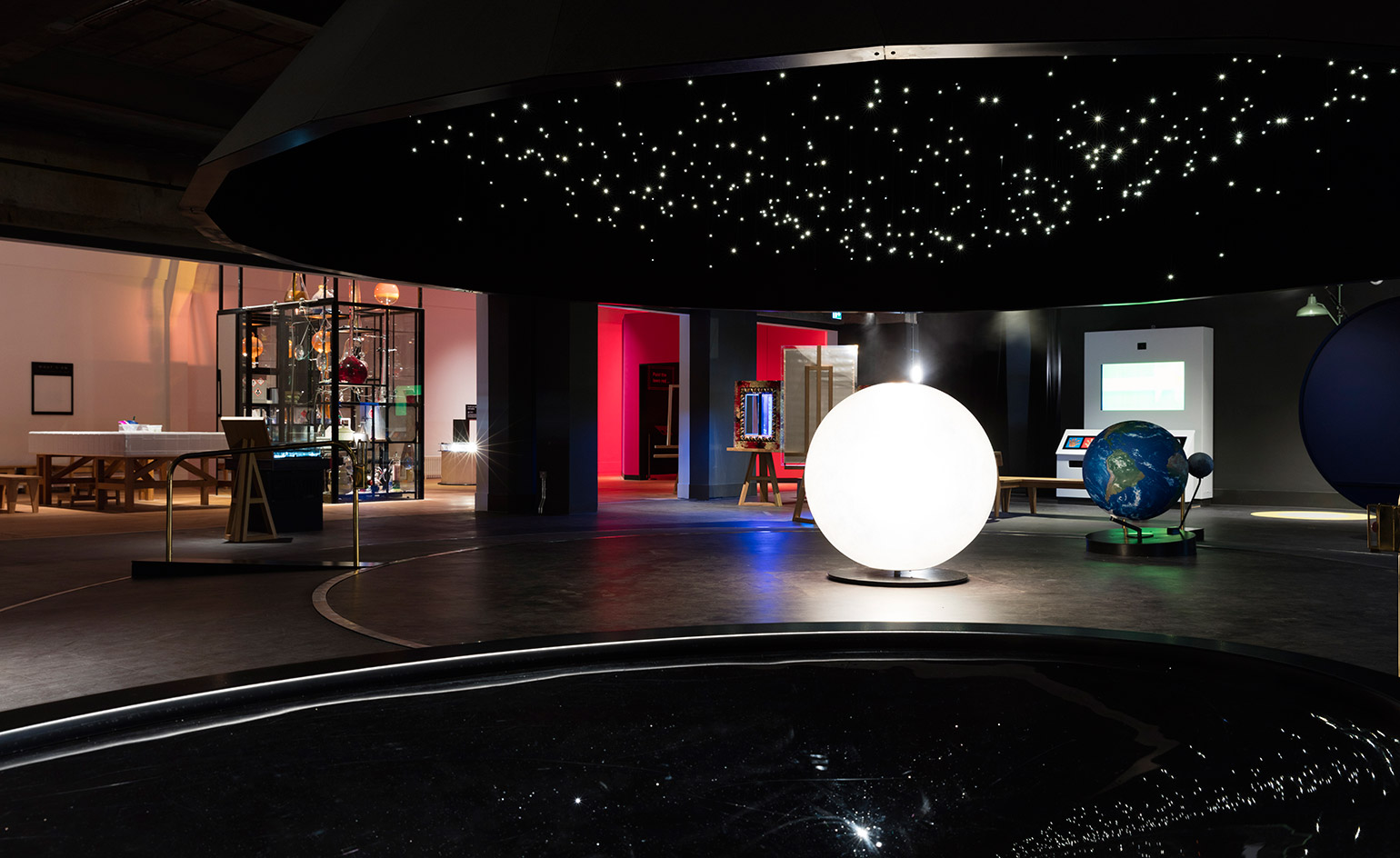
A rotating solar system, which can be ridden by visitors, is a central focus of the Wonderlab
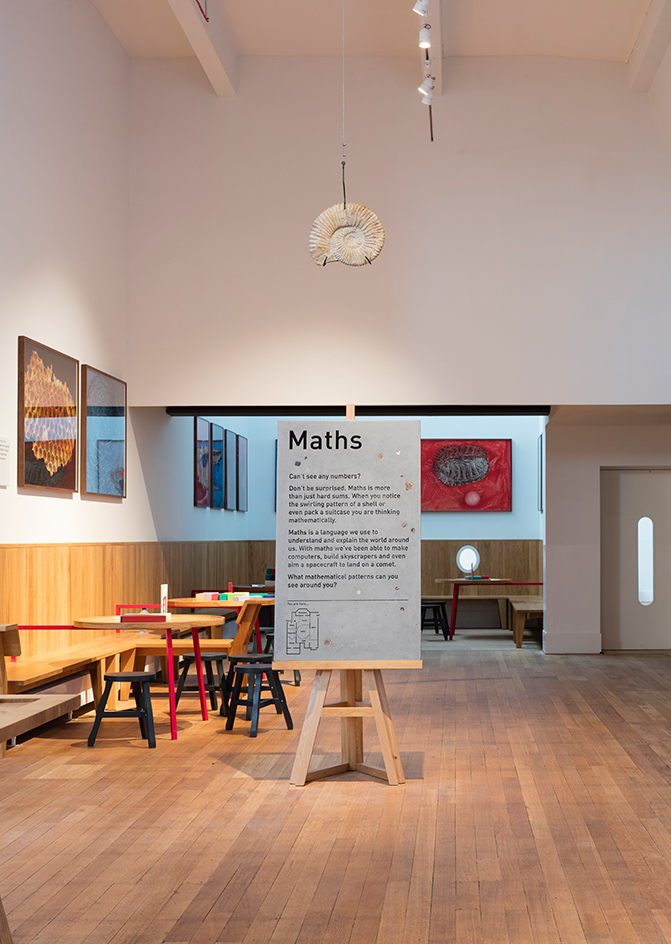
The gallery’s texts have been designed by graphic designers Objectif and illustrator Andrew Rae, who worked with different materials to reflect each scientific zone
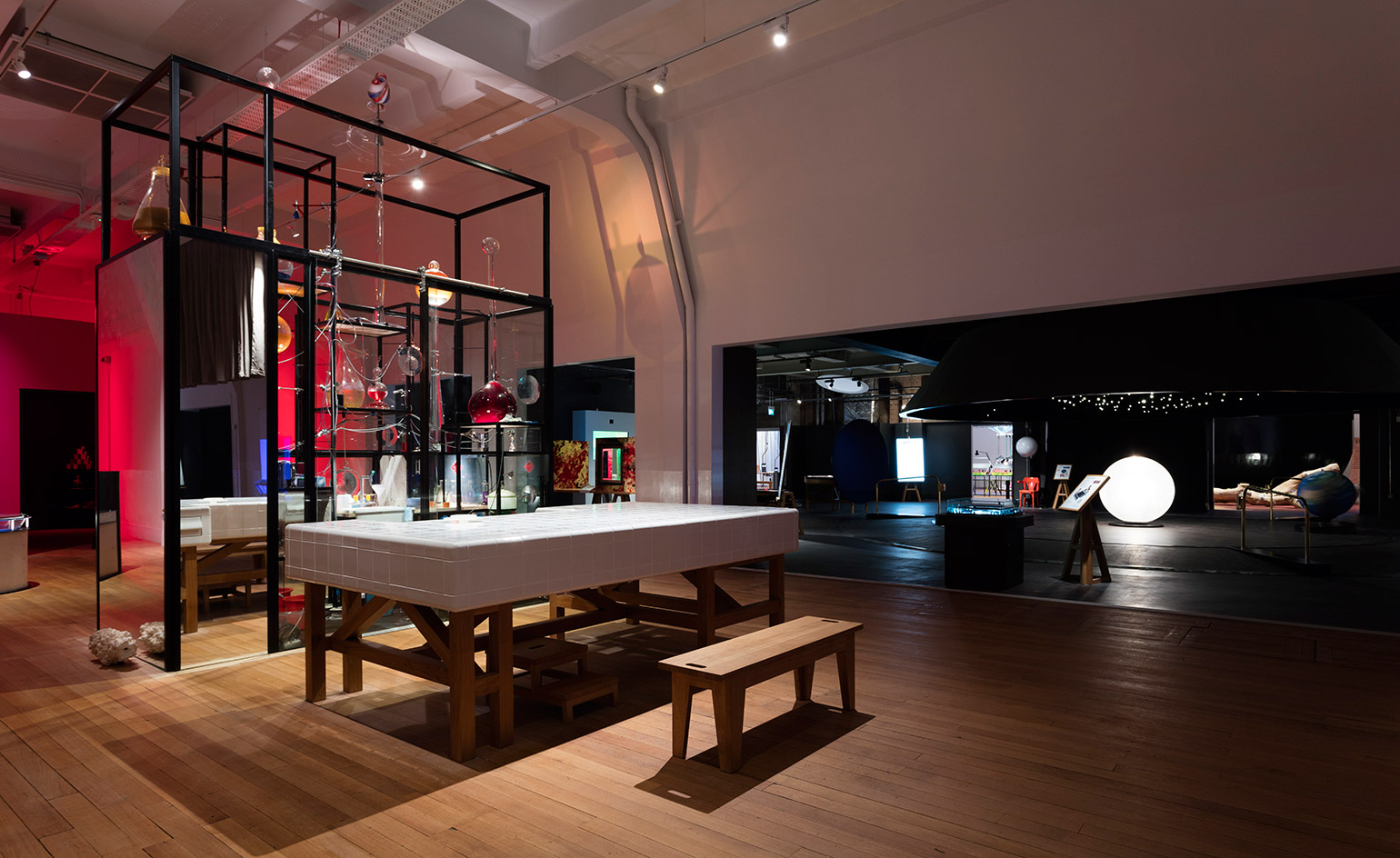
Arnout Visser, a former designer at Droog, worked with Czech makers to create oversized glass pieces for the Chemistry Bar, where children can order up some slime or liquid nitrogen

A little window gives children a peek into the gallery before they go in, heightening their sense of excitement
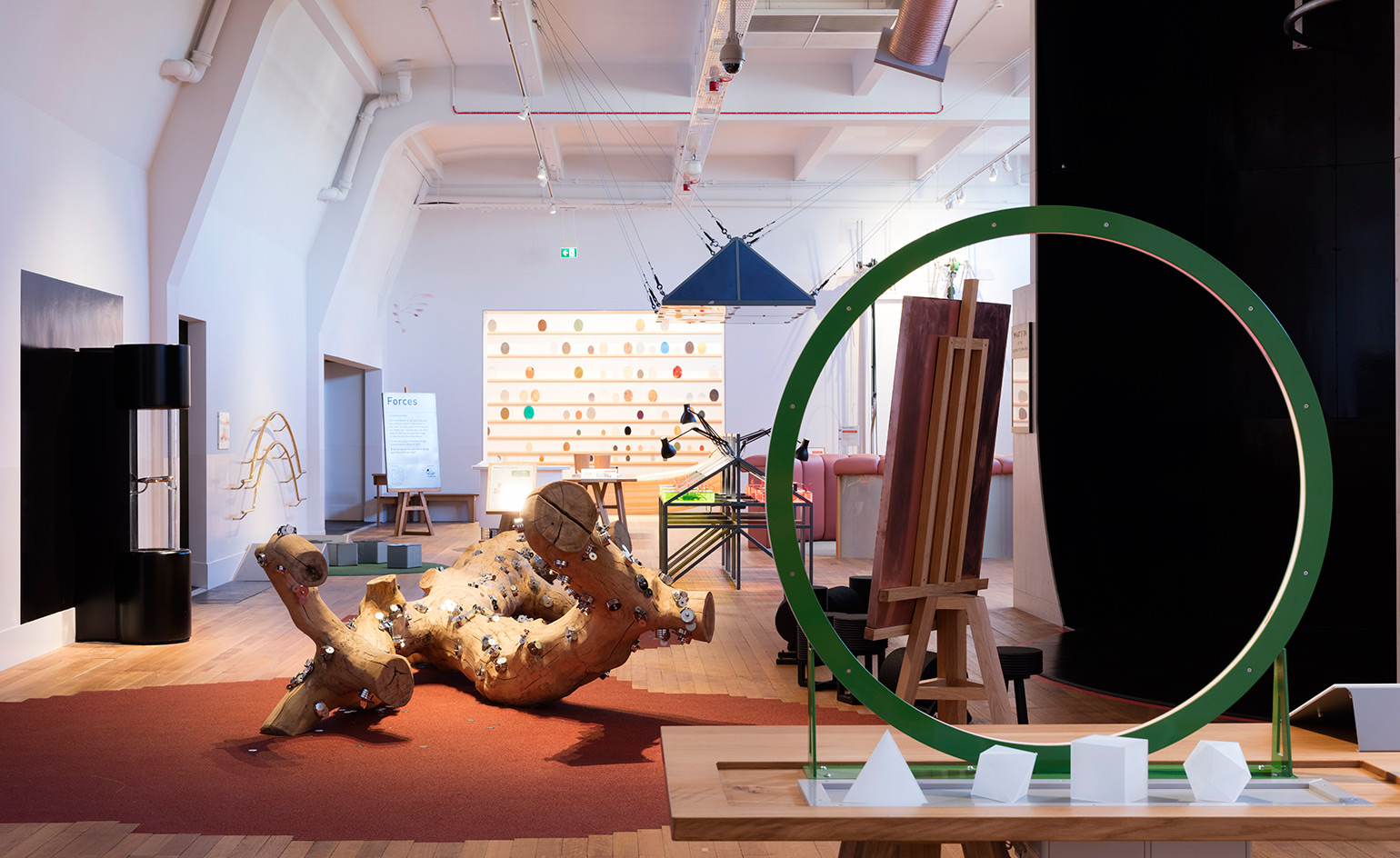
The gallery is designed for school groups, providing space for exploring, experimenting, gathering and eating
INFORMATION
For more information, visit the Muf Architecture/Art website
ADDRESS
Science Museum Exhibition Road London SW7 2DD
Receive our daily digest of inspiration, escapism and design stories from around the world direct to your inbox.
Harriet Thorpe is a writer, journalist and editor covering architecture, design and culture, with particular interest in sustainability, 20th-century architecture and community. After studying History of Art at the School of Oriental and African Studies (SOAS) and Journalism at City University in London, she developed her interest in architecture working at Wallpaper* magazine and today contributes to Wallpaper*, The World of Interiors and Icon magazine, amongst other titles. She is author of The Sustainable City (2022, Hoxton Mini Press), a book about sustainable architecture in London, and the Modern Cambridge Map (2023, Blue Crow Media), a map of 20th-century architecture in Cambridge, the city where she grew up.
-
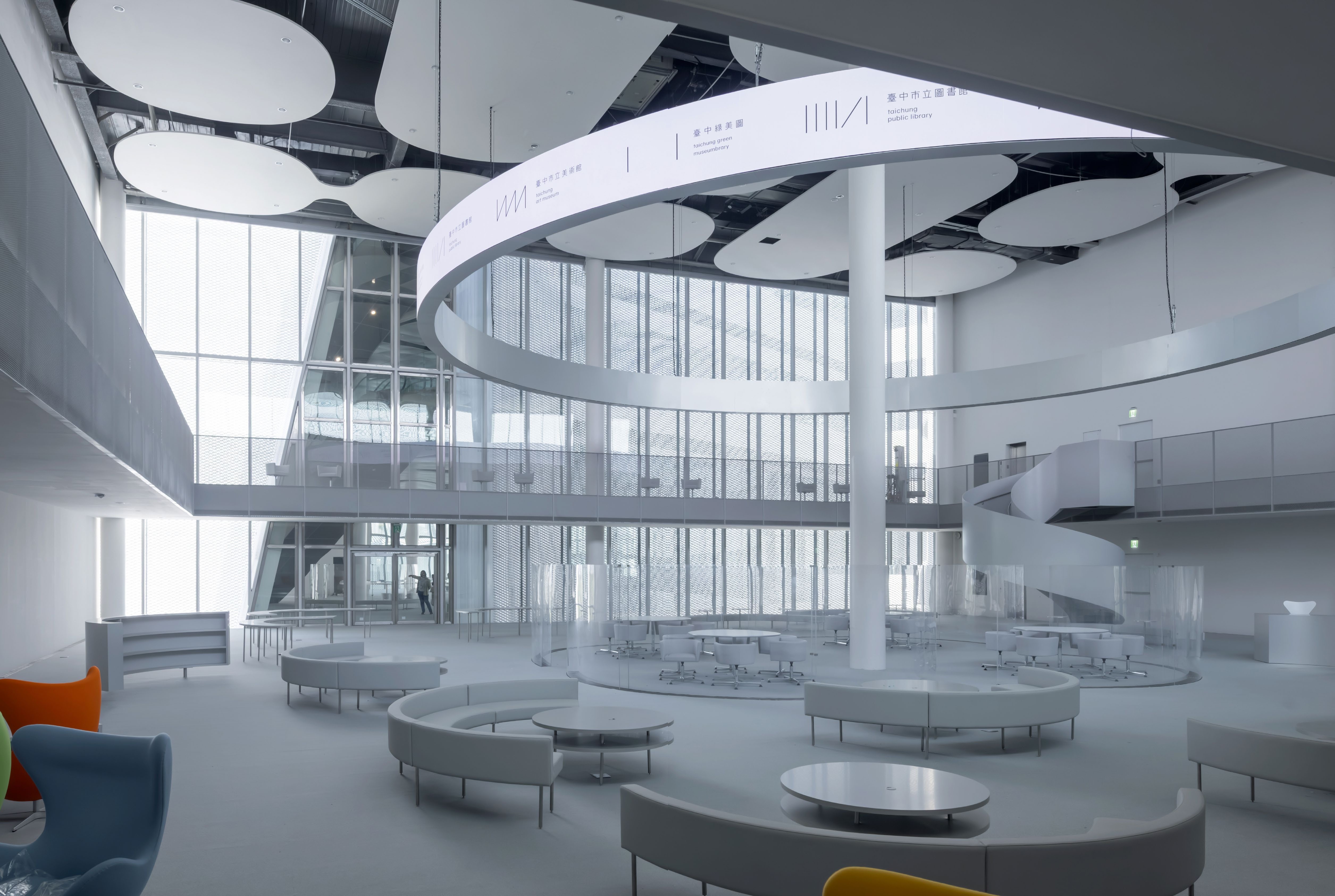 Taiwan’s new ‘museumbrary’ is a paradigm-shifting, cube-shaped cultural hub
Taiwan’s new ‘museumbrary’ is a paradigm-shifting, cube-shaped cultural hubPart museum, part library, the SANAA-designed Taichung Green Museumbrary contains a world of sweeping curves and flowing possibilities, immersed in a natural setting
-
 Dries van Noten on why he's building a new home for craft in Venice
Dries van Noten on why he's building a new home for craft in VeniceA year after departing the runway, Dries van Noten unveils his next chapter: the Fondazione Dries Van Noten, a newly announced cultural initiative in Venice celebrating craft in all its forms. Wallpaper meets the designer to find out why he’s not ready to retire.
-
 Alexander Wessely turns the Nobel Prize ceremony into a live artwork
Alexander Wessely turns the Nobel Prize ceremony into a live artworkFor the first time, the Nobel Prize banquet has been reimagined as a live artwork. Swedish-Greek artist and scenographer Alexander Wessely speaks to Wallpaper* about creating a three-act meditation on light inside Stockholm City Hall
-
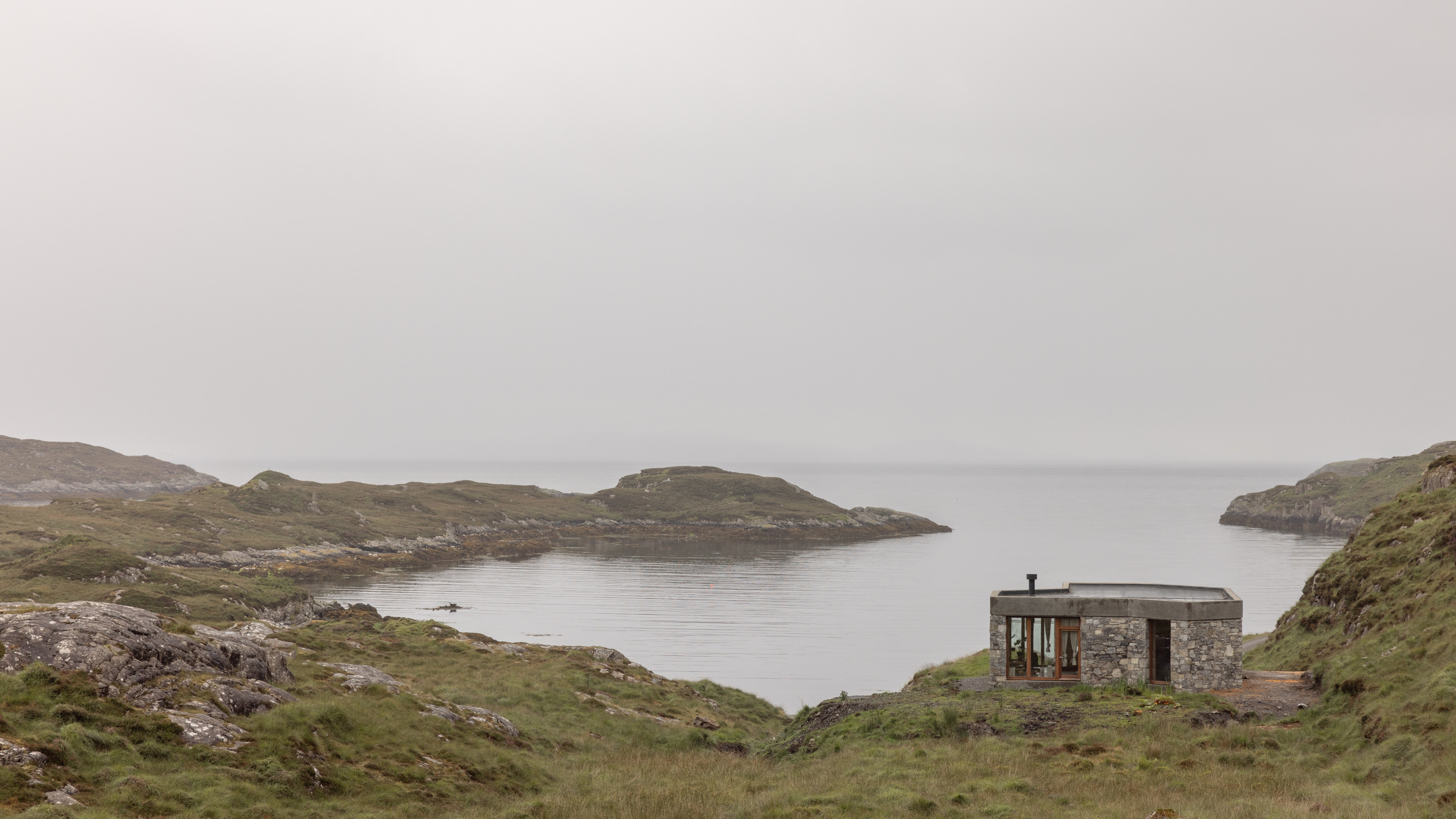 RIBA House of the Year 2025 is a ‘rare mixture of sensitivity and boldness’
RIBA House of the Year 2025 is a ‘rare mixture of sensitivity and boldness’Topping the list of seven shortlisted homes, Izat Arundell’s Hebridean self-build – named Caochan na Creige – is announced as the RIBA House of the Year 2025
-
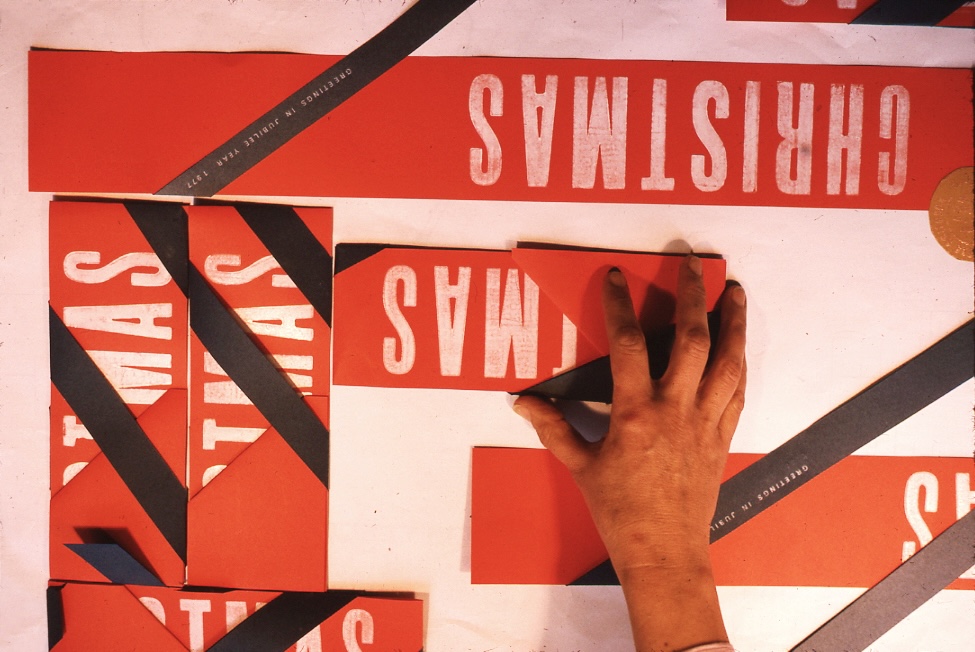 In addition to brutalist buildings, Alison Smithson designed some of the most creative Christmas cards we've seen
In addition to brutalist buildings, Alison Smithson designed some of the most creative Christmas cards we've seenThe architect’s collection of season’s greetings is on show at the Roca London Gallery, just in time for the holidays
-
 In South Wales, a remote coastal farmhouse flaunts its modern revamp, primed for hosting
In South Wales, a remote coastal farmhouse flaunts its modern revamp, primed for hostingA farmhouse perched on the Gower Peninsula, Delfyd Farm reveals its ground-floor refresh by architecture studio Rural Office, which created a cosy home with breathtaking views
-
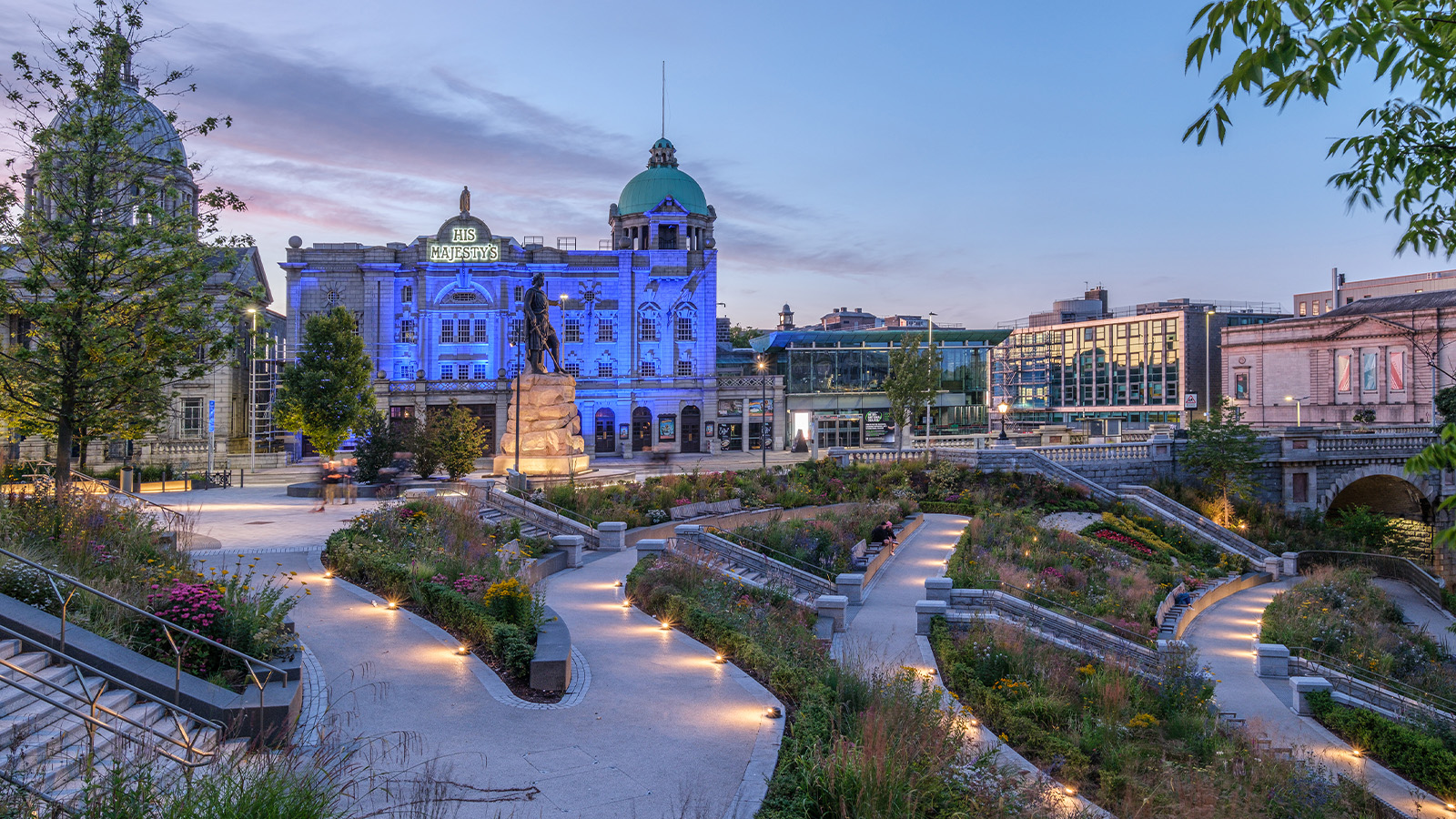 A revived public space in Aberdeen is named Scotland’s building of the year
A revived public space in Aberdeen is named Scotland’s building of the yearAberdeen's Union Terrace Gardens by Stallan-Brand Architecture + Design and LDA Design wins the 2025 Andrew Doolan Best Building in Scotland Award
-
 The Architecture Edit: Wallpaper’s houses of the month
The Architecture Edit: Wallpaper’s houses of the monthFrom wineries-turned-music studios to fire-resistant holiday homes, these are the properties that have most impressed the Wallpaper* editors this month
-
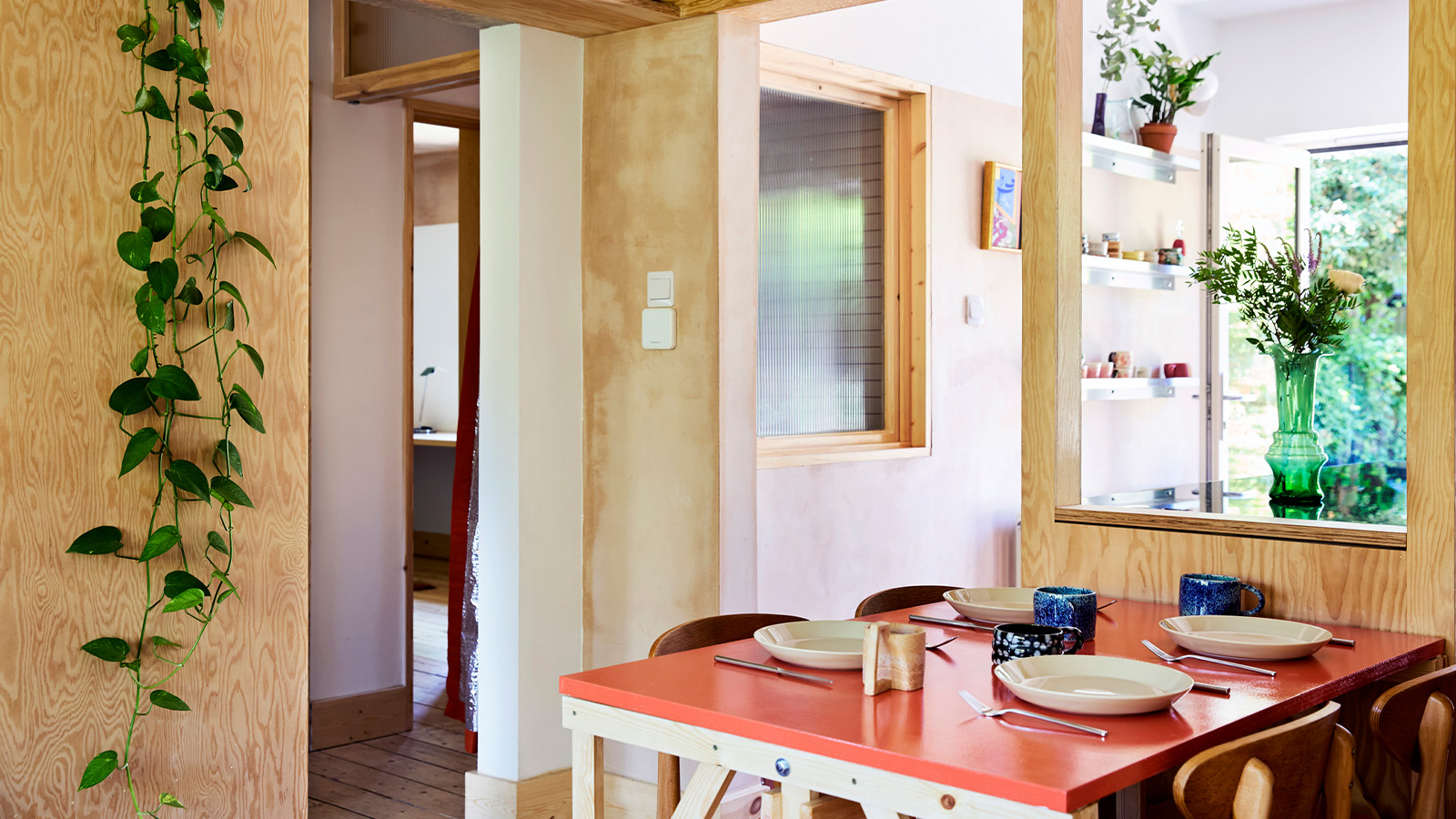 A refreshed 1950s apartment in East London allows for moments of discovery
A refreshed 1950s apartment in East London allows for moments of discoveryWith this 1950s apartment redesign, London-based architects Studio Naama wanted to create a residence which reflects the fun and individual nature of the clients
-
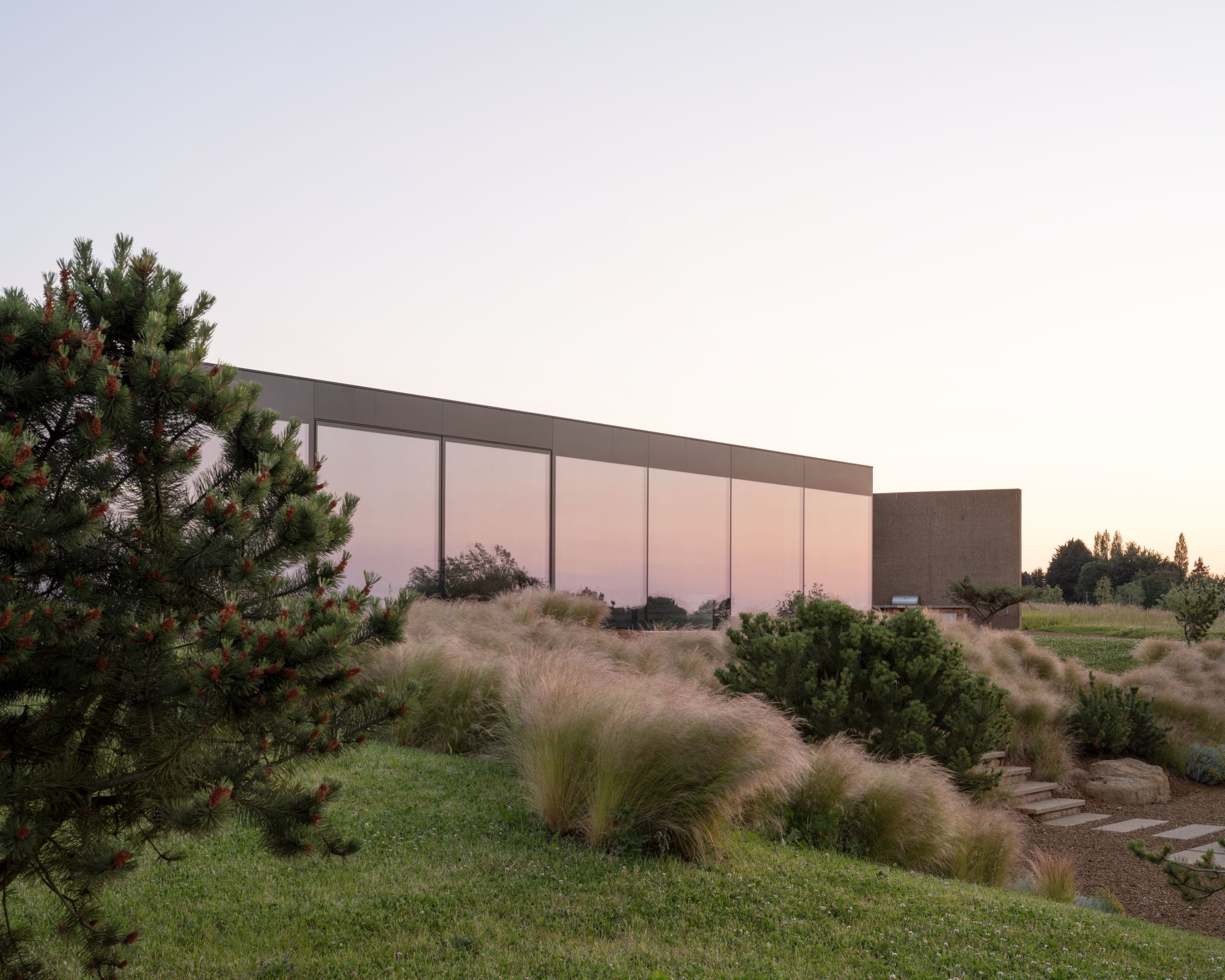 In this Cotswolds home, drama meets minimalism
In this Cotswolds home, drama meets minimalismCotswolds home Hiaven house, with interiors designed by McLaren Excell, is a perfect blend of contemporary chic and calm, countryside drama
-
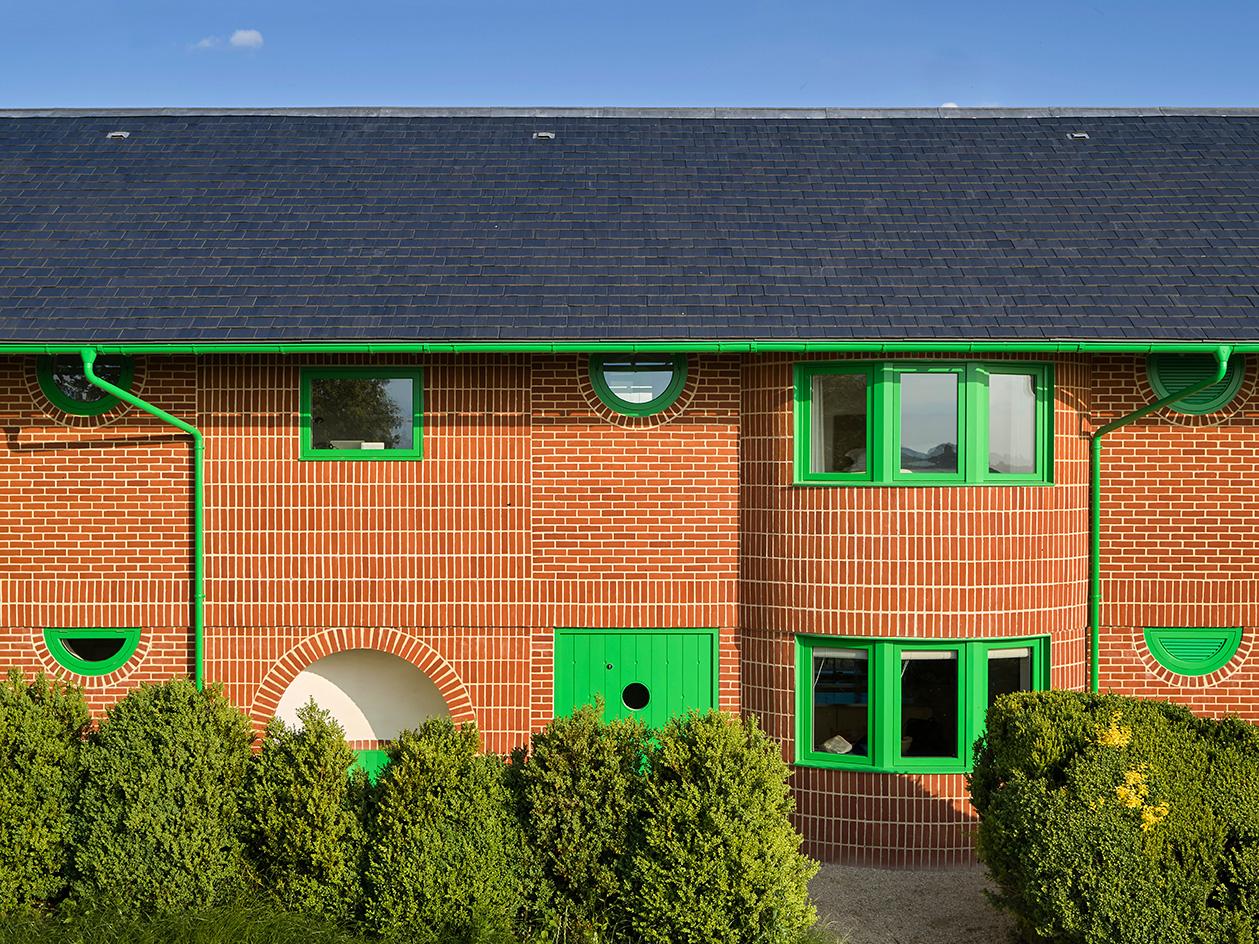 David Kohn’s first book, ‘Stages’, is unpredictable, experimental and informative
David Kohn’s first book, ‘Stages’, is unpredictable, experimental and informativeThe first book on David Kohn Architects focuses on the work of the award-winning London-based practice; ‘Stages’ is an innovative monograph in 12 parts